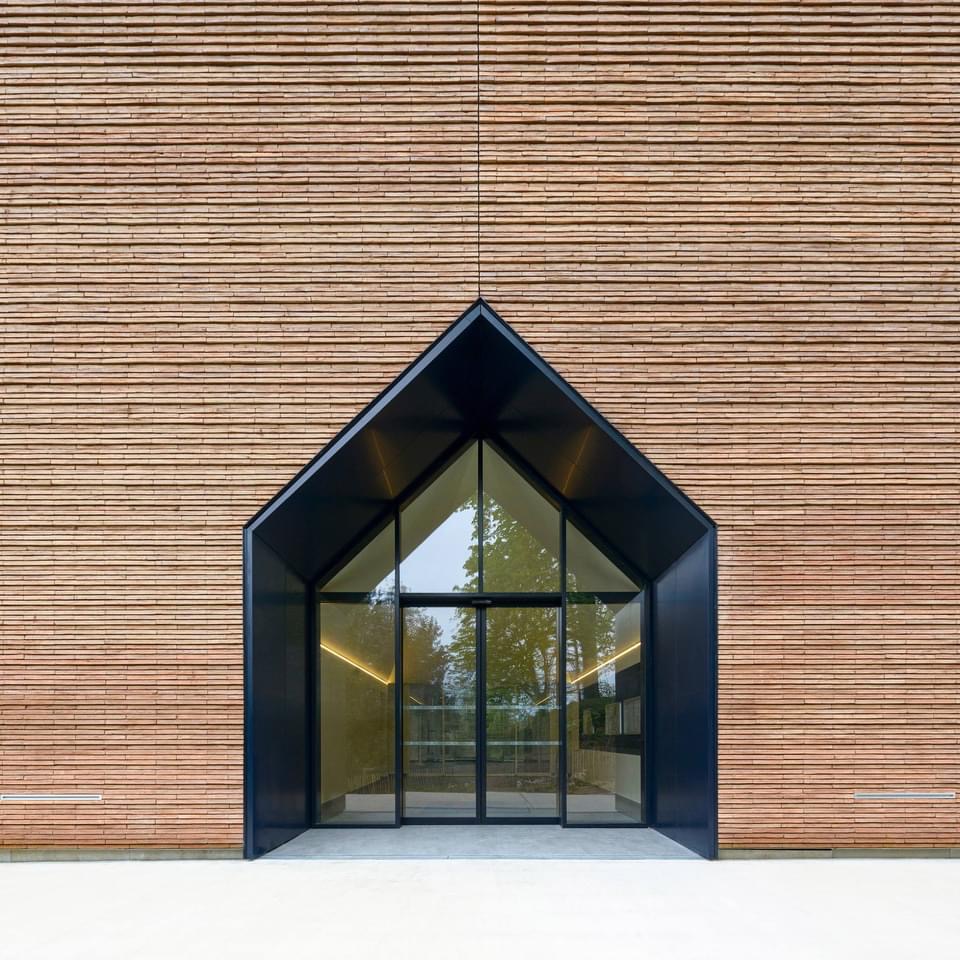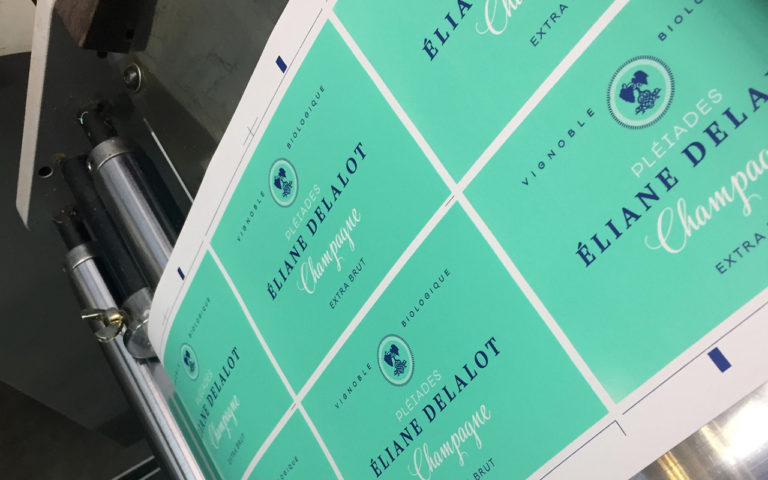This new facility embodies the values of pragmatism, symbolism, and long-term vision cherished by the family business. [read the full champagne story]
Estimated reading time: 5 minutes

‘2024 is doubly special for Pol Roger for it celebrates not only its 175th
anniversary but also the 150th anniversary of the birth of Sir Winston Churchill,
its most illustrious ambassador.’
Pol Roger founded his Champagne House in Aÿ in 1849, at just 17 years old. By 1851, he moved the business to rue des Fusilliers in Epernay, now known as rue Eugène Mercier. In 1872, Pol acquired a plot on rue Croix de Bussy to build a larger house with extensive cellars and storerooms, a project completed by 1880. Following Pol Roger’s death in December 1899, his sons Maurice (30) and Georges (26) took over.
Wine cellars collapsed
In February 1900, the brothers faced a catastrophe when part of their vast cellars collapsed, destroying 500 barrels of the 1899 harvest and around 1.5 million bottles. Thanks to the support of other Champagne producers in Epernay, particularly Moët et Chandon and Mercier, Pol Roger & Cie survived.
Maurice and Georges, now using the Pol-Roger surname, purchased a large property with cellars between rue du Commerce (now 34 avenue de Champagne) and rue de Bernon, inaugurating their wine cellar on January 20, 1903. By 1933, they had opened new cellars on Avenue de Champagne. In 1968, led by Jean Pol-Roger and Christian de Billy, they began constructing a modern 4,200 m² facility for disgorging, packaging, and shipping operations.









New production site
Over time, the need arose for a new production site, especially near the location of the 1900 cellar collapse. Patrice Noyelle, Chairman of Pol Roger’s Board until 2013, often said: “First, we redo the kitchen!” Thus, the winery was enlarged and renovated between 2000 and 2013 before tackling other production buildings.
In March 2016, Pol Roger collaborated with CICAL to convert their needs into a construction project. Giovanni PACE was chosen as the architect, with CICAL and KS groupe teams coordinating. Dominique Petit, the Chef de Caves who initiated the project in 2015, and Damien Cambres, his successor in 2017, were deeply involved.
After the 1900 collapse
After extensive soil studies and uncovering bottles from the 1900 collapse, construction began in early 2020 with 45,000 m³ of earthworks. The new facility, supported by 298 piles descending 35 meters deep, spans 18,000 m² over four levels, with 3,800 m² of bricks laid. Strict compliance with UNESCO World Heritage requirements was observed, involving 43 building contractors, 27 technical package contractors, 16 service providers, and up to 80 skilled workers at any time.
Efforts were made to meet environmental standards, including high-performance insulation, connection to Epernay’s municipal hot water network, and a rainwater recovery system for irrigation. The new facility aims to improve working conditions and responsiveness rather than increasing production volumes.
Pol Roger has automated certain functions to minimize physically demanding tasks, benefiting production teams with advanced handling equipment and ergonomically designed workstations. The facility also increases storage capacity, especially for labeled and disgorged wines, enhancing quality through extended aging times.
The location of the new site was chosen to maintain local roots, minimizing transportation and reducing the carbon footprint. The Managing Board expressed pride in being based in Epernay, emphasizing the importance of their local attachment.





